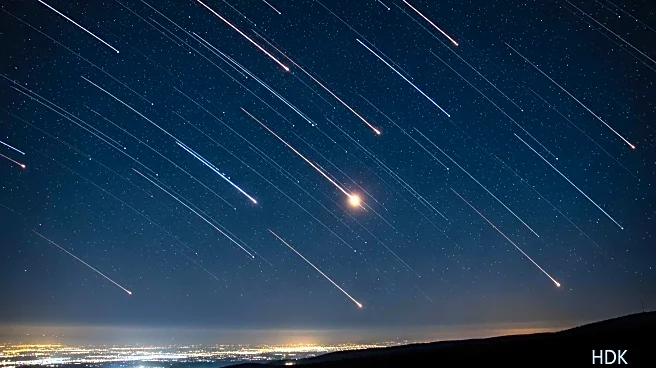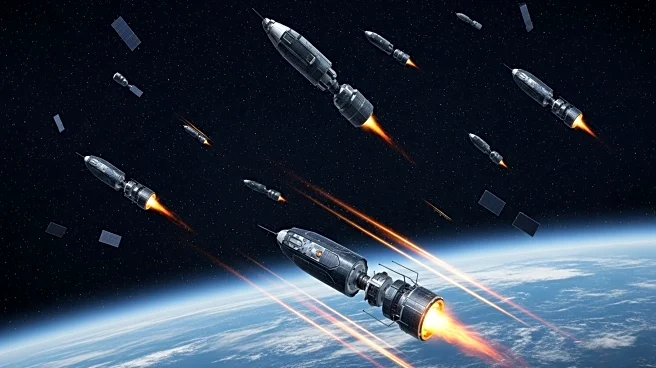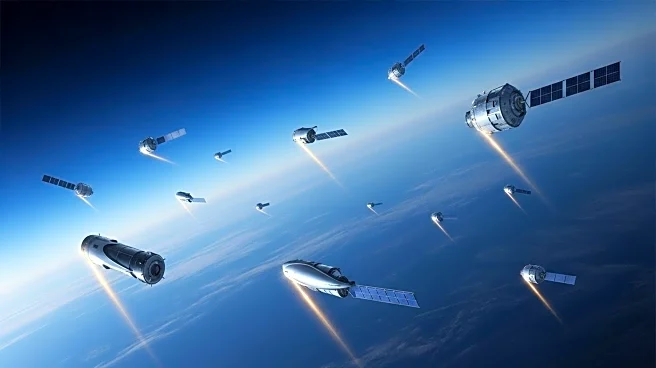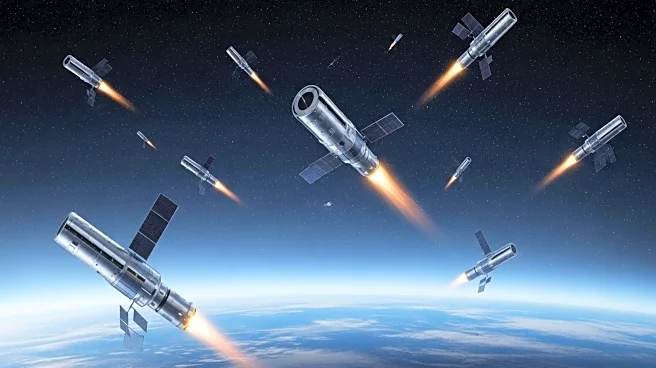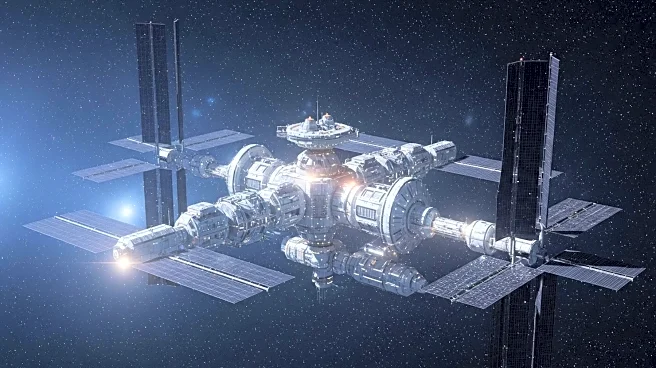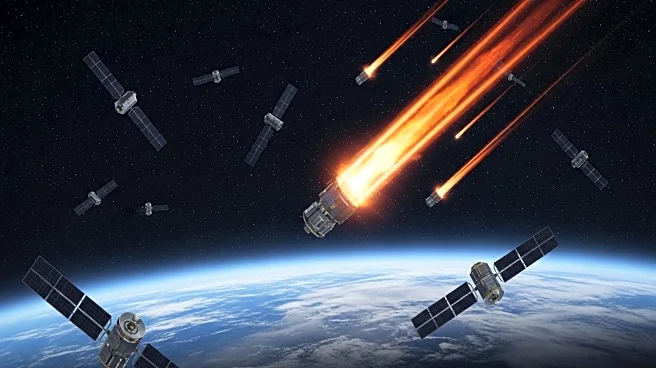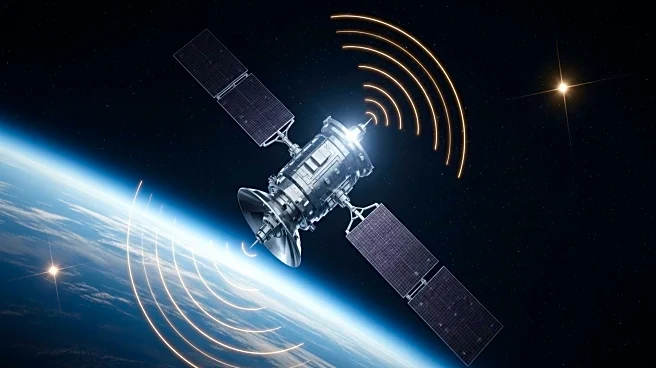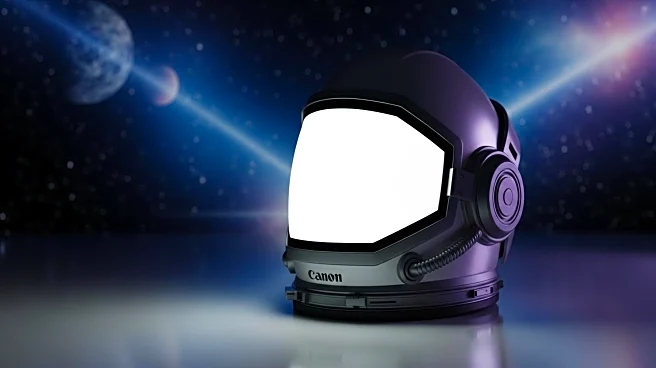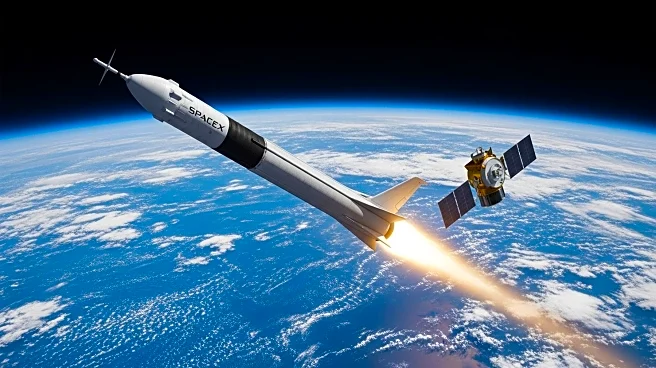What's Happening?
Residents in parts of North America, particularly California and Canada, have been witnessing what appear to be shooting stars or meteorites almost daily. These sightings are actually Starlink satellites re-entering the Earth's atmosphere. Starlink, a network of low-Earth orbit (LEO) satellites providing internet services, has a replacement cycle of approximately five years. As these satellites reach the end of their operational life, they begin to fall back to Earth, burning up in the atmosphere. Currently, one to two satellites are re-entering daily, but this number is expected to increase to as many as five per day, according to Jonathan McDowell of Jonathan’s Space Report.
Why It's Important?
The re-entry of Starlink satellites is significant for several reasons. Firstly, it highlights the growing presence and impact of satellite networks on the environment and public perception. As more satellites reach the end of their life cycle, the frequency of these atmospheric re-entries will increase, potentially affecting airspace and creating visual phenomena that could be mistaken for natural events. Additionally, the management of satellite end-of-life processes is crucial for maintaining space sustainability and minimizing debris. The increase in satellite re-entries underscores the need for effective policies and technologies to handle the growing number of satellites in orbit.
What's Next?
As the number of Starlink satellites re-entering the atmosphere increases, stakeholders such as aerospace agencies and environmental groups may push for more stringent regulations on satellite end-of-life management. This could involve developing new technologies to safely deorbit satellites or implementing stricter guidelines for satellite operators. Public awareness campaigns may also be necessary to educate residents about these phenomena and prevent confusion with natural celestial events. The situation may prompt discussions on the long-term sustainability of satellite networks and their environmental impact.
Beyond the Headlines
The frequent re-entry of satellites raises ethical and environmental questions about the sustainability of space activities. As satellite networks expand, the potential for increased space debris and atmospheric pollution becomes a concern. This development may lead to broader discussions on the responsibility of satellite operators to minimize environmental impact and ensure safe disposal of satellites. Additionally, the visual impact of these re-entries could influence cultural perceptions of space and technology, potentially inspiring interest in space exploration and environmental stewardship.

